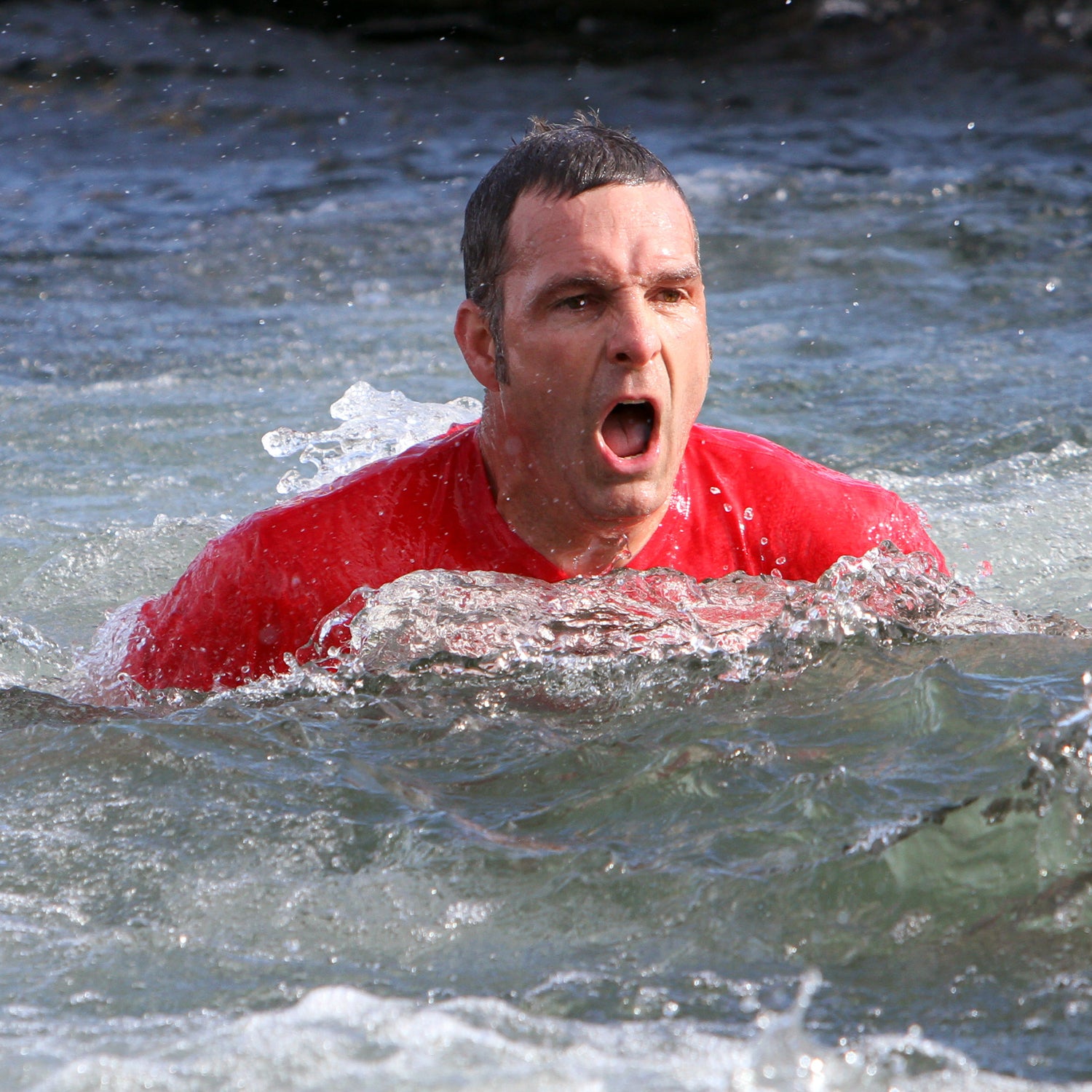You exercise you feel sore. Eight-to-24 hours later, when soreness lessens, you exercise some more. For any athlete in training, delayed onset muscle soreness is a familiar companion. It happens because micro-trauma in the muscle causes an inflammatory response that’s sometimes maddeningly painful. Ice baths or other types of cold therapy (like cryotherapy) done after training promise to speed recovery—and dull the pain—so athletes can get back to doing hard workouts faster. But an increasing body of evidence suggests that cold can quash performance gains.
As early as , exercise physiologist Motoi Yamane and researchers at Chukyo University in Aichi, in Japan, found that icing leg muscles after cycling or forearm handgrip exercises interfered with performance gains. Recently Yamane published a follow-up at Aichi Mizuho College—again, using weighted handgrip exercises—that corroborates his earlier results: RICE is disadvantageous after training and messes with both muscular and vascular adaptations of resistance training.
Exercise physiologist Jonathan Peake and his colleagues at Queensland University of Technology in Brisbane, Australia agree. They’re among the latest researchers to test ice baths on athletes. In a recent presented as an abstract at the 2014 American College of Sports Medicine conference, the researchers put two groups of young men on a bi-weekly resistance-training program. The first group took ice baths after each training session (ten minutes in water at around 50 degrees), while the other group did a low-intensity active warm-down on a bicycle. It turned out that icing suppressed the cell-signaling response that regulates muscle growth. Three months later, the scientists found that the ice-bath group didn’t gain nearly as much muscle as the bicycle warm-down group.
“About all icing is good for is a placebo effect,” Dr. Mirkin says.
Peake concluded that it’s probably not a good idea to be using ice baths after every training session, particularly when athletes are in season. In a parallel presented March 30 at the Experimental Biology meeting, Peake also looked at muscle biopsies in a rat contusion injury model (researchers dropped weights on rats’ leg muscles to cause bruising). An ice bath on the bruised muscles was enough to suppress inflammation and delay muscle fiber regeneration. For the minor muscle injuries, icing was detrimental rather beneficial, prolonging the healing process that inflammation brings.
The two new studies hammer a couple more nails in the RICE coffin, according to Dr. Gabe Mirkin. He was the sports medicine doctor who originally coined the acronym, which stands for rest, ice, compression, elevation, in 1978, and has since quit recommending it to athletes. “We never rest or ice athletes anymore. RICE is fine for someone who doesn’t need to get back to training quickly, but it’s terrible for competitive athletes.” he said.
More movement, Dr. Mirkin says, as shown in Peake’s research, is the best way to speed up muscle recovery. The new research is an extension of a growing body of evidence over the last several years that now makes clear that the only advantage of icing muscles is for temporarily pain relief. “About all icing is good for is a placebo effect,” Dr. Mirkin says. “There’s no evidence that icing speeds healing or makes you stronger; in fact, it makes you weaker so you can’t do your next hard workout.”
“If you’re trying to get maximum adaptation, cold water immersion is not going to be beneficial.”
Still the mounting evidence is not enough to nix icing altogether, says David Pascoe, a distinguished professor of exercise science of Auburn University. The decision to ice is a matter of balancing priorities and really situational, he explains.
“What is your workout goal? If you’re trying to develop muscle strength, then the answer is ‘no.’ But if it makes you feel good and you’re going to perform better the next day because of it, well, the answer is ‘yes,’” Pascoe says.
Furthermore most ice bath studies have only evaluated use in resistance-training regimens, so findings may not apply to endurance gains. In fact, in a recent , Shona Halson and colleagues of Australian Institute of Sport found that ice baths didn’t hinder adaptation and improved some aspects of performance, including mean and sprint power output, in endurance-trained competitive cyclists.
If athletes feel pretty sore, then get into a tub, and come out feeling great, they’re going to have a better workout, Pascoe says. That might be enough to consider icing if you aren’t worried about muscle and strength gains. And if you suffer from injuries like shin splints or sprained ankles, your doctor might still recommend using RICE therapy for pain management.
But Peake cautions athletes to carefully consider how and when they use ice. “It shouldn’t be used after every training session. If you’re trying to get maximum adaptation, cold water immersion is not going to be beneficial,” he says. “But if you’re in a playoff phase of the season, icing or cryotherapy isn’t going to be too harmful and might have some psychological benefits.” Even if it’s all just placebo effect.


